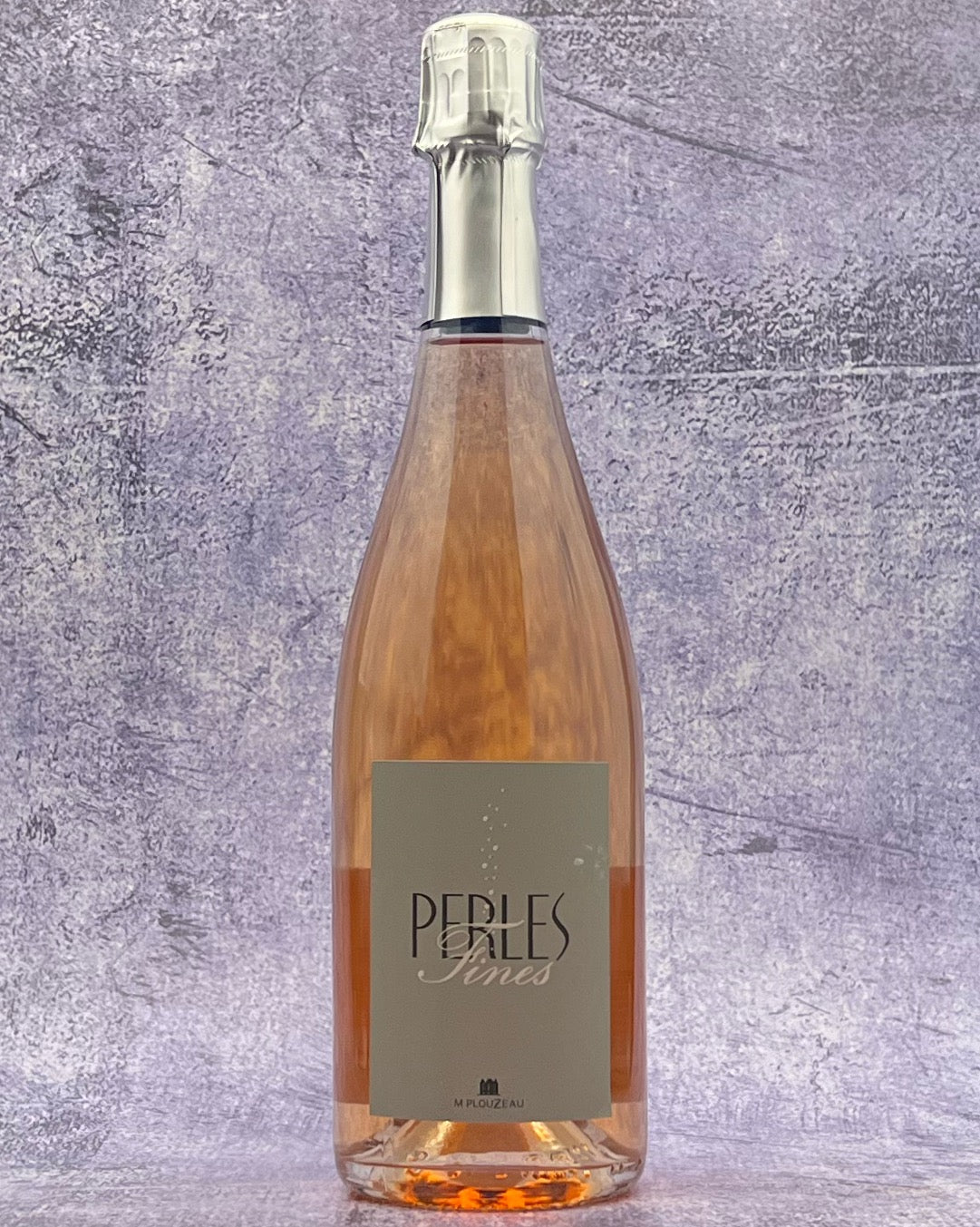Description
From: Loire Valley, France
Varietal: Cabernet Franc
Tasting Notes: The bouquet shows the charming Cabernet Franc character in its mix of white cherries, zesty tangerine, currant leaf, lovely soil tones, and a tinge of smoky white pepper in the upper register. The wine is fresh, crisp, and nicely balanced on the palate, with frothy mousse, just-picked red fruit flavors, and a distinctly savory core. It has a nice length and grip on its vibrant finish.
Pairing: This wine calls for goat's milk cheese with baguette and a side of rillette. Other options include serving this with fresh summery salads that incorporate peppery greens and fresh cheeses or garden herbs, shrimp and vegetable tempura, grilled chicken and pesto with orzo, grilled fish in foil, and even taco Tuesday faves like fish tacos, carnitas, nachos (ok technically not tacos but you get the idea). This recipe for Shallow-Poached Salmon with Leek Beurre Blanc (Mary-Frances Heck, Food & Wine) would also make a marvelous mate to this sparkling rosé.
About. Thanks to the will of two generations, the Château de la Bonnelière regained nobility and its original vocation: vineyards and wine. In 1976, Pierre Plouzeau bought the property, renovated the castle, and replanted the vineyards. In 1989, a modern winery was born, and Plouzeau’s first wine was produced. His son, Marc, took over the domain in 1999; he has implemented sustainable and organic practices into the estate’s vineyards as he continues to develop their wines. Ther Plouzeau estate’s 20 hectares of vines are planted in three distinct soil types: gravel, clay-limestone, and flint clay.
Marc Plouzeau manually harvested the grapes that went into this wine with great care and according to strict plot selection. They are conveyed in tank by simple gravity, where delicate flavor extraction begins. Without chapitalization or further additions, the grapes slowly turn into wine in the image of their original terroir. This wine is made in its cellars under the castle of Chinon. Thus, at a constant temperature of 12 ° C, the fermentation is slow and favors the fineness of the bubbles.

